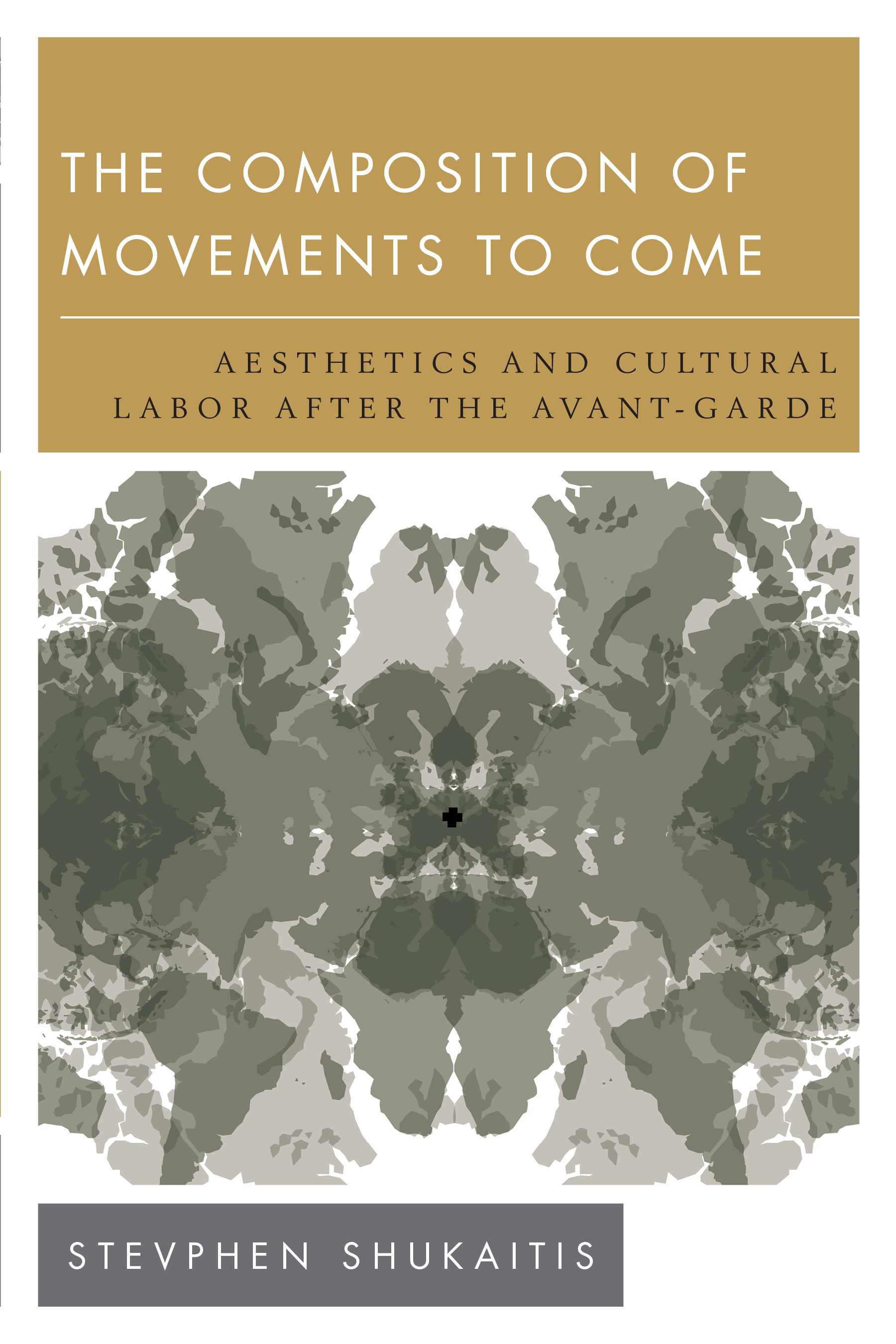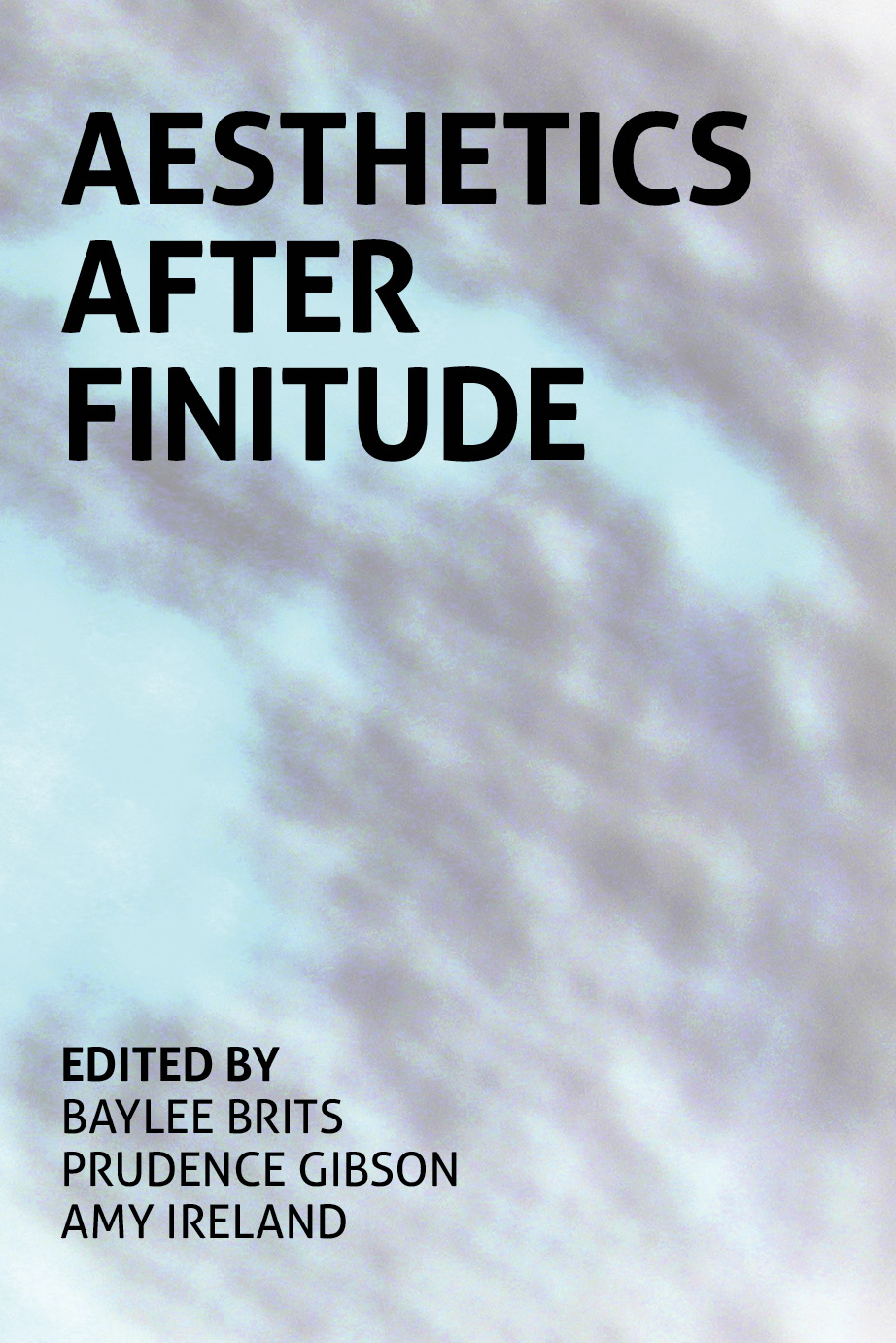Stevphen Shukaitis: The Composition of Movements to Come: Aesthetics and Cultural Labor after the Avant-Garde (2016)
Filed under book | Tags: · aesthetics, affect, antagonism, art history, autonomy, avant-garde, capitalism, class, creativity, everyday, imagination, immanence, labour, marxism, media, organization, situationists, strategy, value

“How does the avant-garde create spaces in everyday life that subvert regimes of economic and political control? How do art, aesthetics and activism inform one another? And how do strategic spaces of creativity become the basis for new forms of production and governance?
The Composition of Movements to Come reconsiders the history and the practices of the avant-garde, from the Situationists to the Art Strike, revolutionary Constructivism to Laibach and Neue Slowenische Kunst, through an autonomist Marxist framework. Moving the framework beyond an overly narrow class analysis, the book explores broader questions of the changing nature of cultural labor and forms of resistance around this labor. It examines a doubly articulated process of refusal: the refusal of separating art from daily life and the re-fusing of these antagonistic energies by capitalist production and governance. This relationship opens up a new terrain for strategic thought in relation to everyday politics, where the history of the avant-garde is no longer separated from broader questions of political economy or movement, but becomes a point around which to reorient these considerations.”
Publisher Rowman & Littlefield, London & New York, 2016
New Politics of Autonomy series
ISBN 9781783481736, 1783481730
xx+176 pages
Reviews: Gregory Sholette (Critical Inquiry, 2015), Marc James Léger (Afterimage, 2016), Martin Parker (Culture Machine, 2017).
PDF (4 MB)
Comment (0)Baylee Brits, Prudence Gibson, Amy Ireland (eds.): Aesthetics After Finitude (2016)
Filed under book | Tags: · aesthetics, anthropocene, fiction, human, immanence, noise, philosophy, sound, subject, theory

“Traditionally aesthetics has been associated with phenomenal experience, human apprehension and an appreciation of beauty—the domains in which human cognition is rendered finite. What is an aesthetics that might occur ‘after finitude’?”
Contributions by Marc Couroux, Prudence Gibson, Thomas Sutherland, Lendl Barcelos, Douglas Kahn, Adam Hulbert, Baylee Brits, Stephen Muecke, Laura Lotti, Christian R. Gelder, Simon O’Sullivan, Tessa Laird, Chris Shambaugh (and Maudlin Cortex), Chaim Horowitz, and Amy Ireland.
Afterword by Justin Clemens
Publisher re.press, Melbourne, Dec 2016
Anamnesis series
Creative Commons BY-NC-ND License 2.5
ISBN 9780980819793, 0980819792
241 pages
Conference (2015)
Publisher
WorldCat
Rocco Gangle: Diagrammatic Immanence: Category Theory and Philosophy (2015)
Filed under book | Tags: · category theory, diagram, graph, immanence, mathematics, metaphysics, philosophy, semiotics

“A renewal of immanent metaphysics through diagrammatic methods and the tools of category theory.
Spinoza, Peirce and Deleuze are, in different ways, philosophers of immanence. Rocco Gangle addresses the methodological questions raised by a commitment to immanence in terms of how diagrams may be used both as tools and as objects of philosophical investigation. He integrates insights from Spinozist metaphysics, Peircean semiotics and Deleuze’s philosophy of difference in conjunction with the formal operations of category theory.
Category theory reveals deep structural connections among logic, topology and a variety of different areas of mathematics, and it provides constructive and rigorous concepts for investigating how diagrams work. Gangle introduces the methods of category theory from a philosophical and diagrammatic perspective, allowing philosophers with little or no mathematical training to come to grips with this important field.
This coordination of immanent metaphysics, diagrammatic method and category theoretical mathematics opens a new horizon for contemporary thought.”
Publisher Edinburgh University Press, 2015
ISBN 1474404170, 9781474404174
256 pages
via wX
PDF, PDF (updated on 2016-11-20)
Comments (2)
